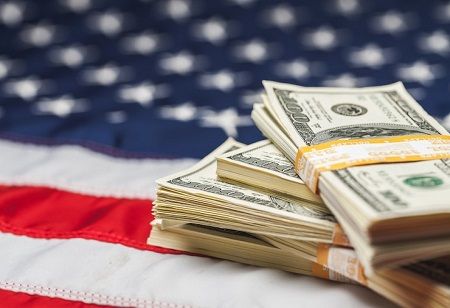
- Thailand submitted its final tariff proposal, seeking lower US rates.
- US reviewed most terms; no new conditions have been added so far.
- GDP growth may rise to 1.5% if a favorable deal is secured.
Thailand has reached the last phase of talks with the U.S. regarding tariffs, aiming to secure a tax rate that is competitive with its regional counterparts ahead of the August 1 deadline.
In a recent statement, Thai Deputy Prime Minister and Finance Minister Pichai Chunhavajira announced that Thailand submitted its conclusive proposal to the U.S. on Wednesday, July 23.
In earlier discussions, the U.S. assessed 90% of Thailand's proposals and presented counter-arguments stemming from their demands.
Pichai mentioned that Thailand would evaluate these U.S. proposals and voiced his desire for Washington to lower import tariffs on Thai products from 36% to a level similar to that of neighboring countries.
When questioned about any new conditions from the U.S., Pichai affirmed that the U.S. has not asked for further terms but has specified the policies they anticipate from Thailand, which will be assessed before making final decisions.
Pichai conveyed his expectation that a definitive response from the US would arrive before the August 1 deadline.
In the meantime, the Economic Intelligence Centre of Siam Commercial Bank (SCBEIC) has identified three possible scenarios concerning the effects of US tax negotiations on Thailand.
Also Read: Trump Strikes Major Trade Deal with Japan on Auto Tariffs
In the initial scenario, if the U.S. maintains current tariffs, Thailand's economy would suffer considerable impacts. In this situation, the nation's GDP growth is expected to hit just 1.1% in 2025 and decline further to 0.4% in 2026.
The second scenario considers a partial decrease in tariffs, yet Thailand’s exports would continue to encounter elevated duties relative to major competitors. In this situation, GDP growth is predicted to attain 1.5% this year and 1.2% by 2026.
In the best-case scenario, if Thailand obtains a competitive tariff rate, the GDP is anticipated to increase by 1.5% in 2025 and by 1.4% in 2026.

